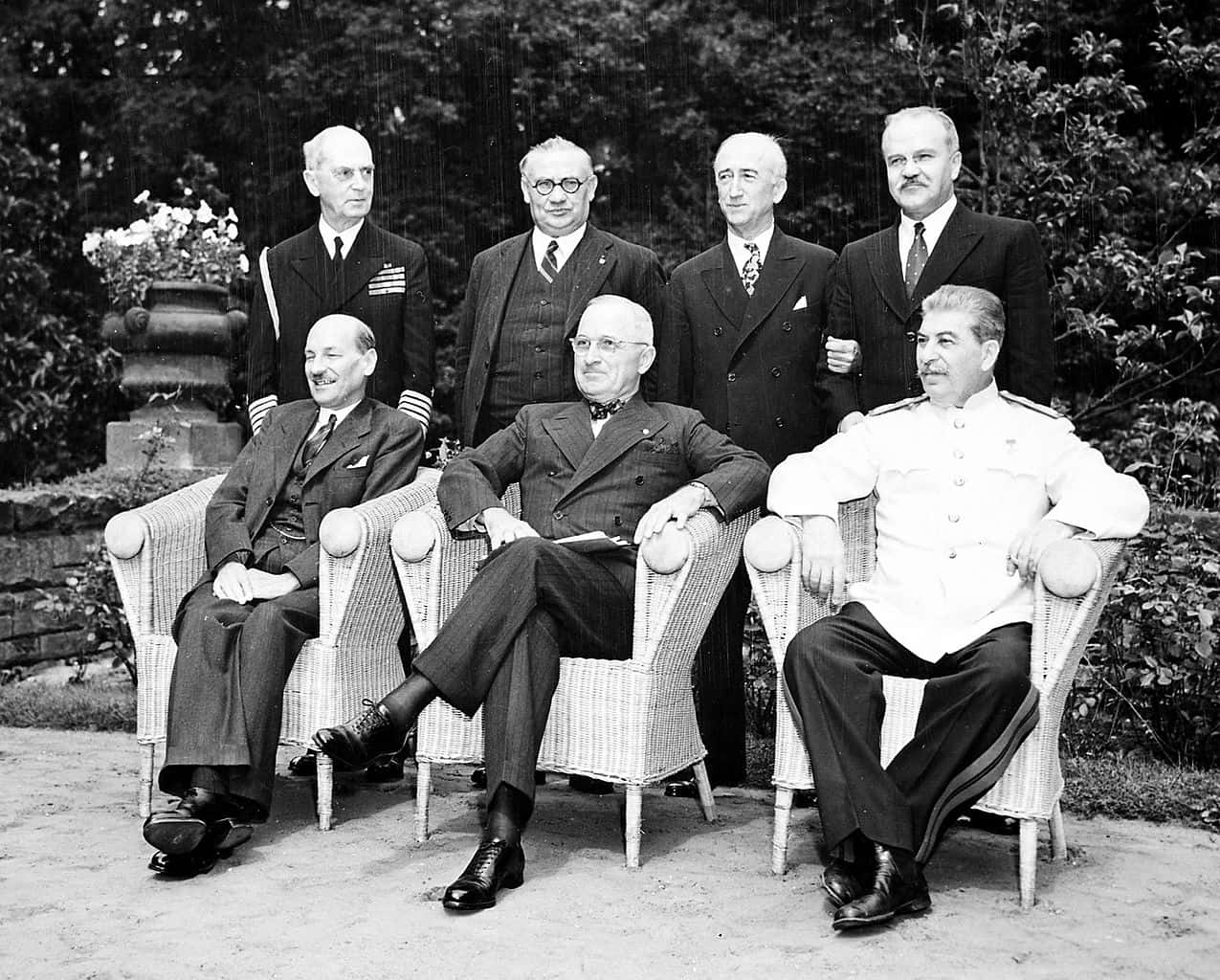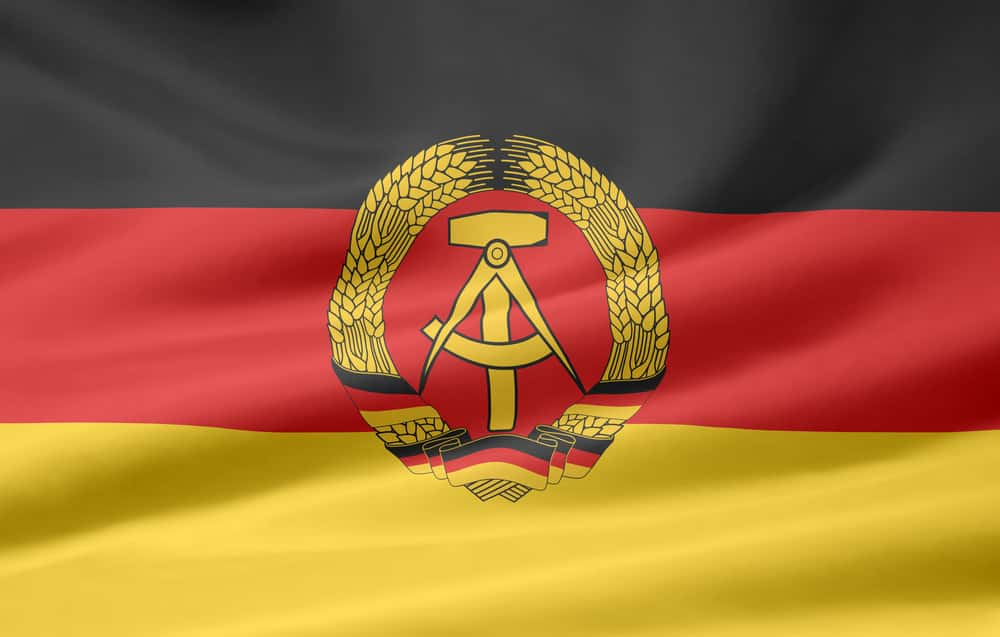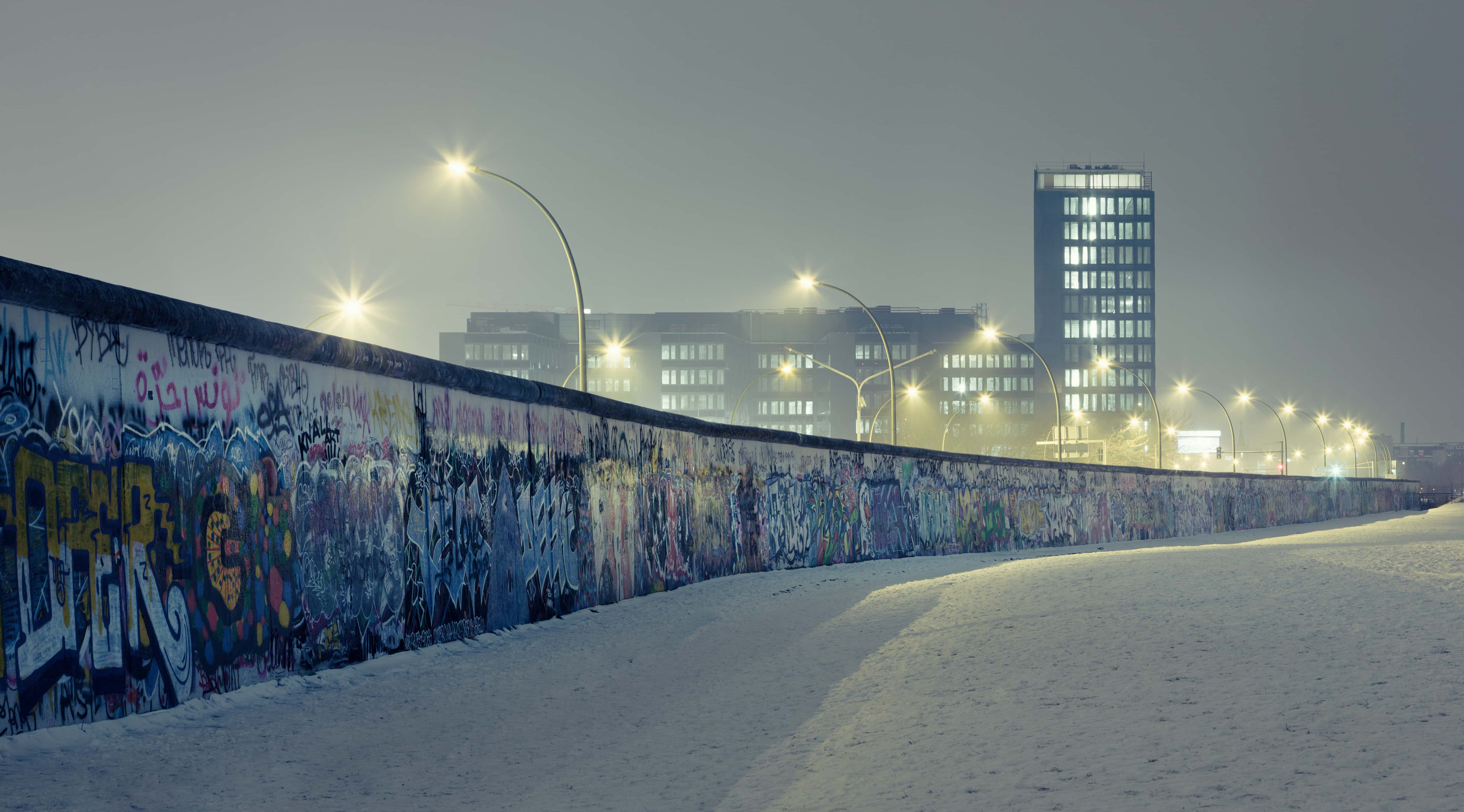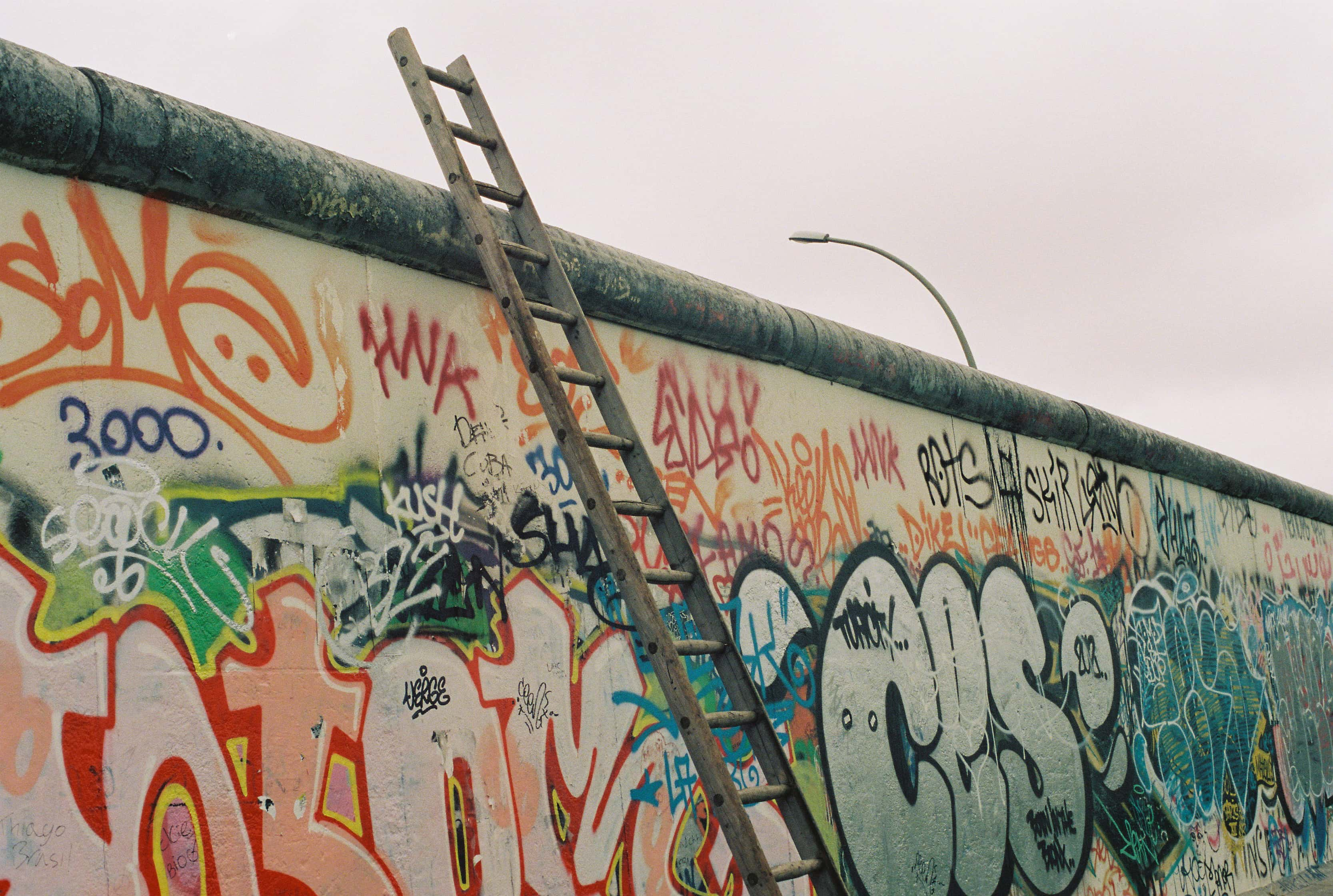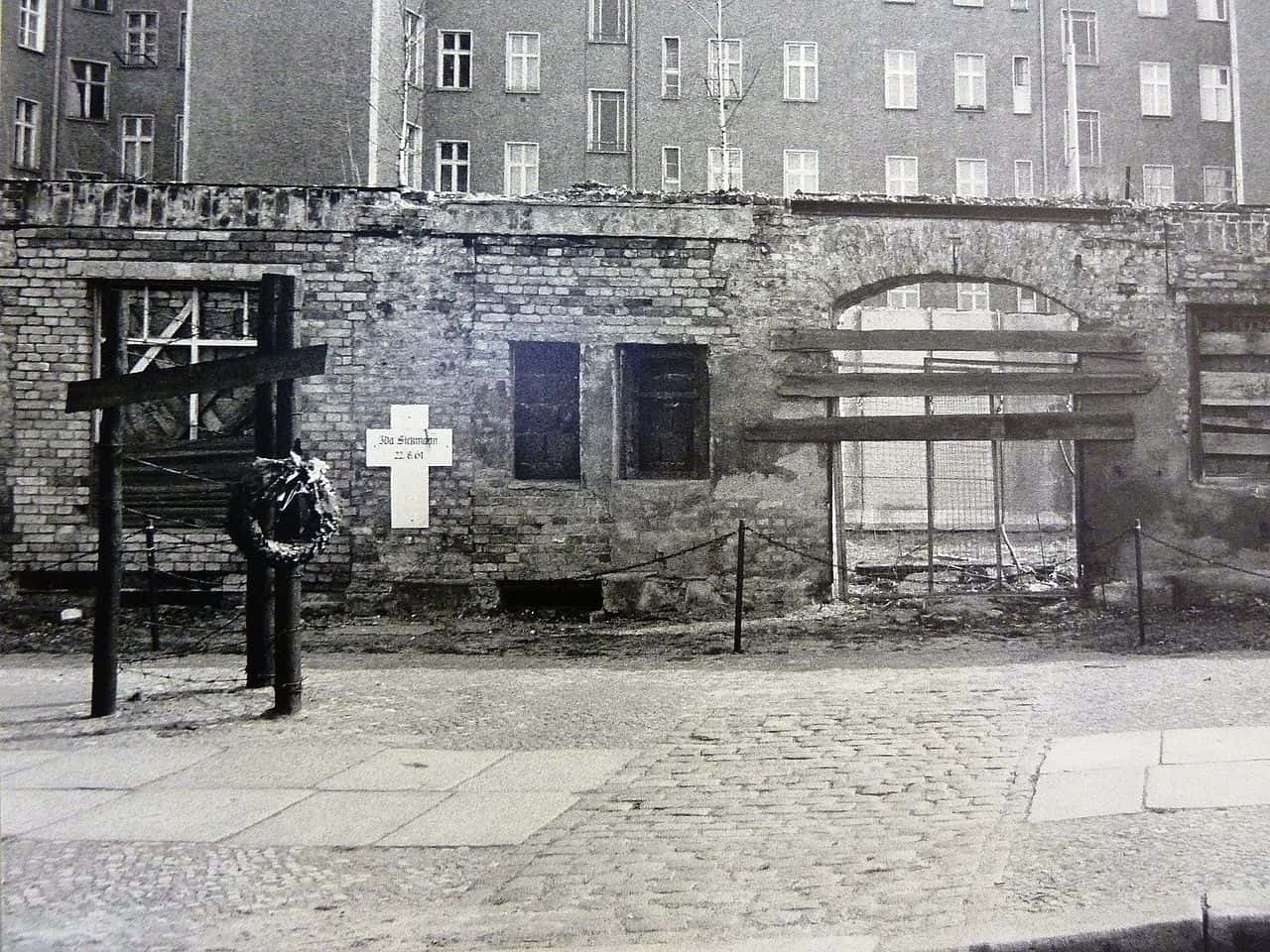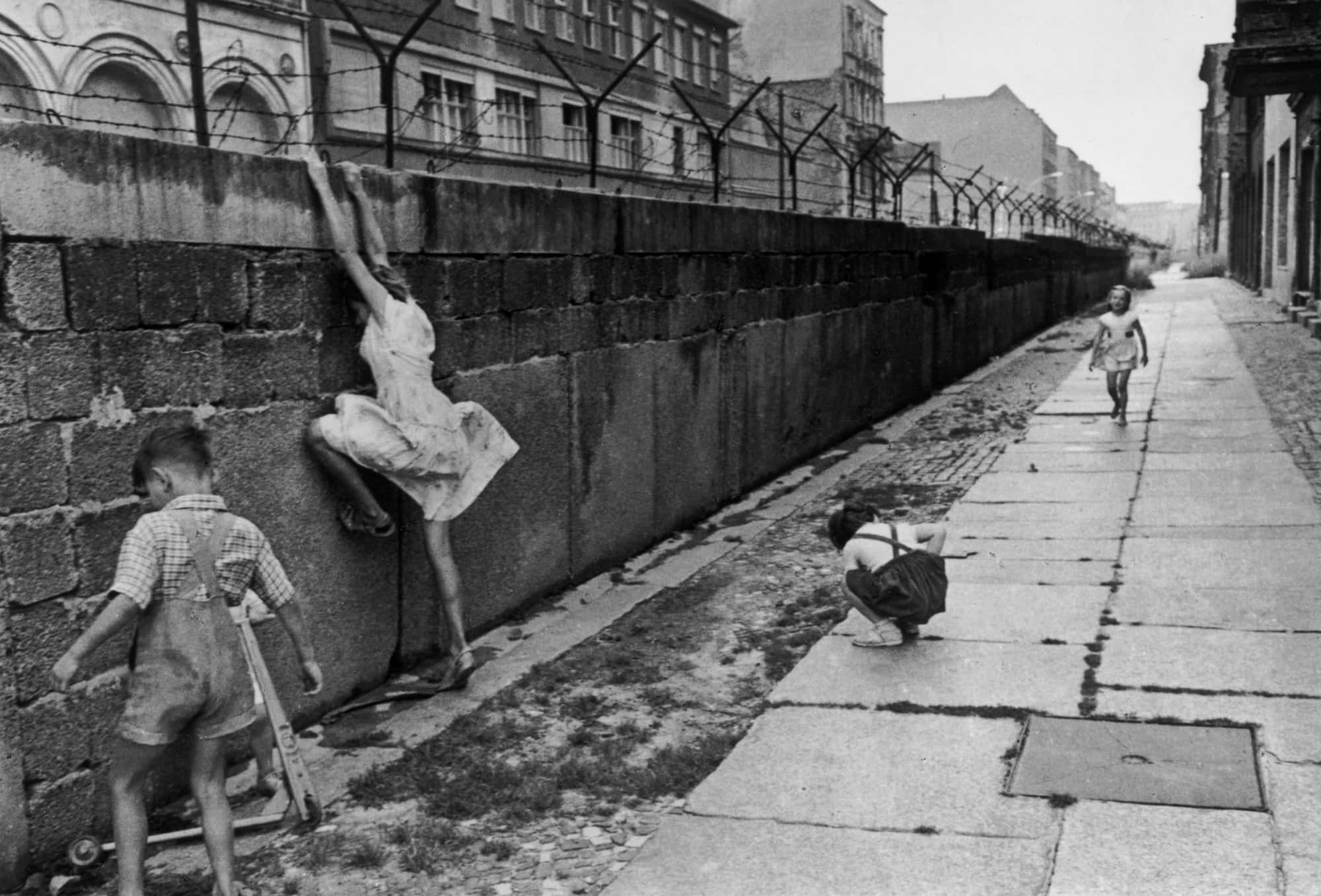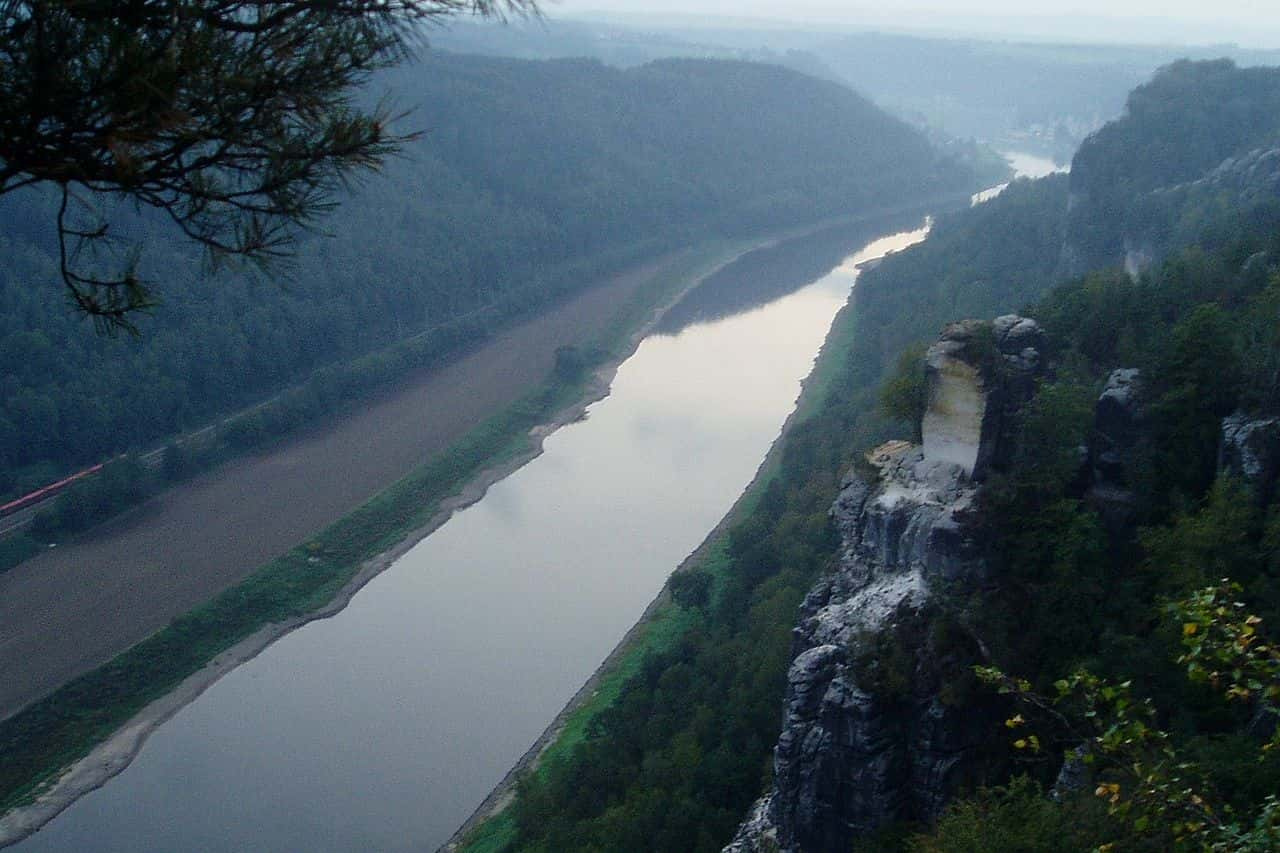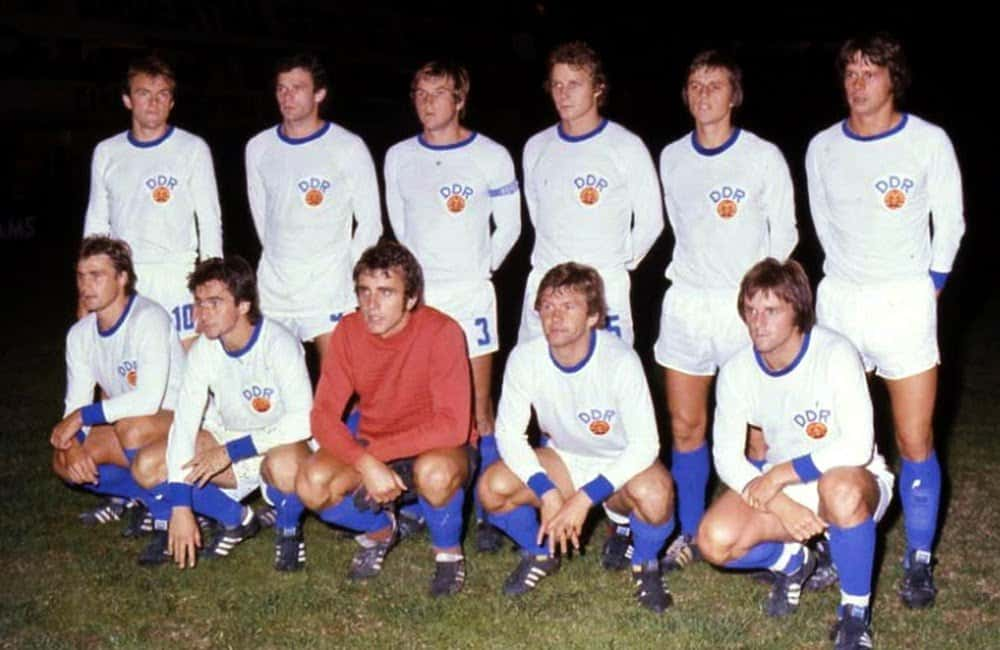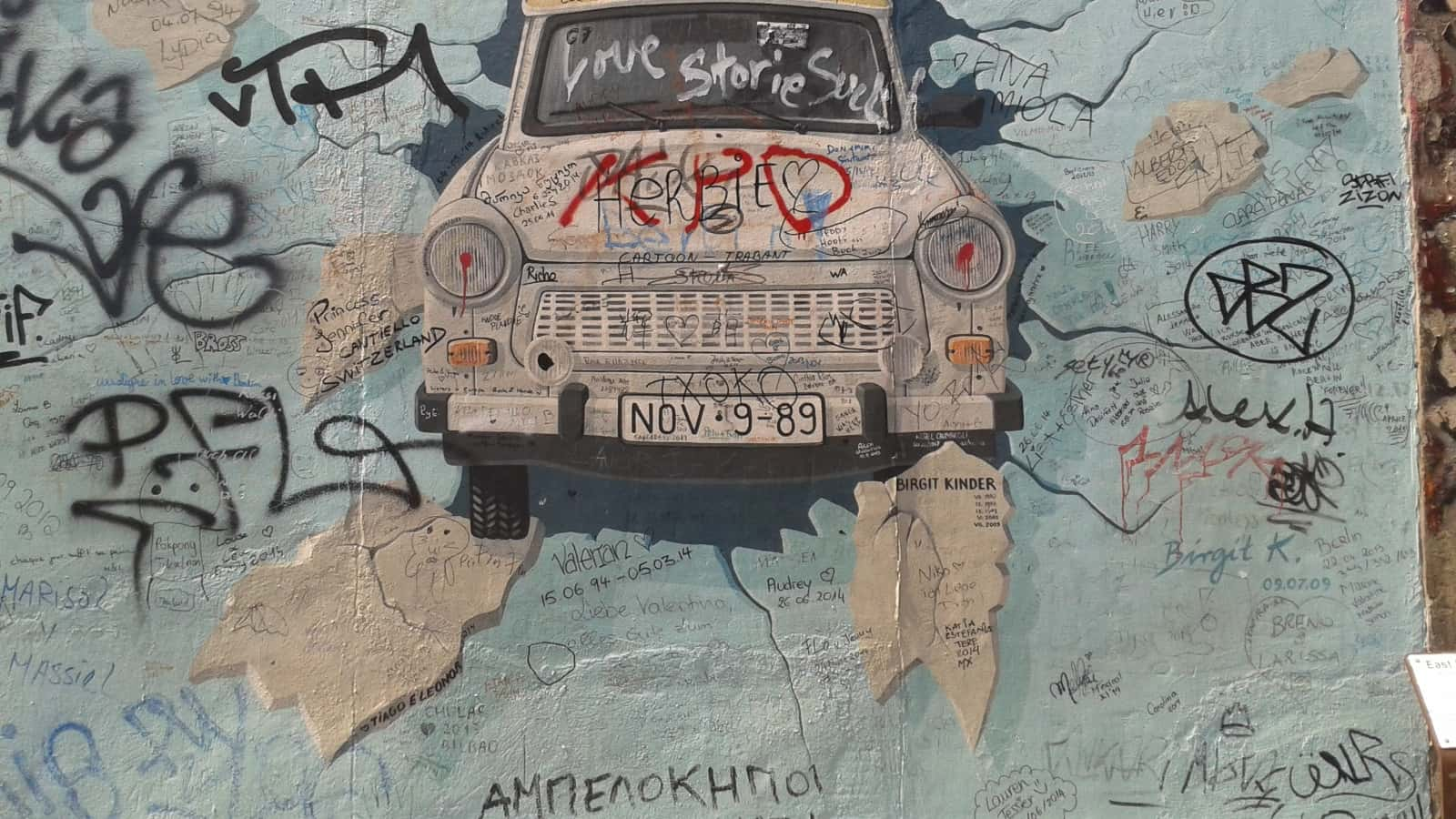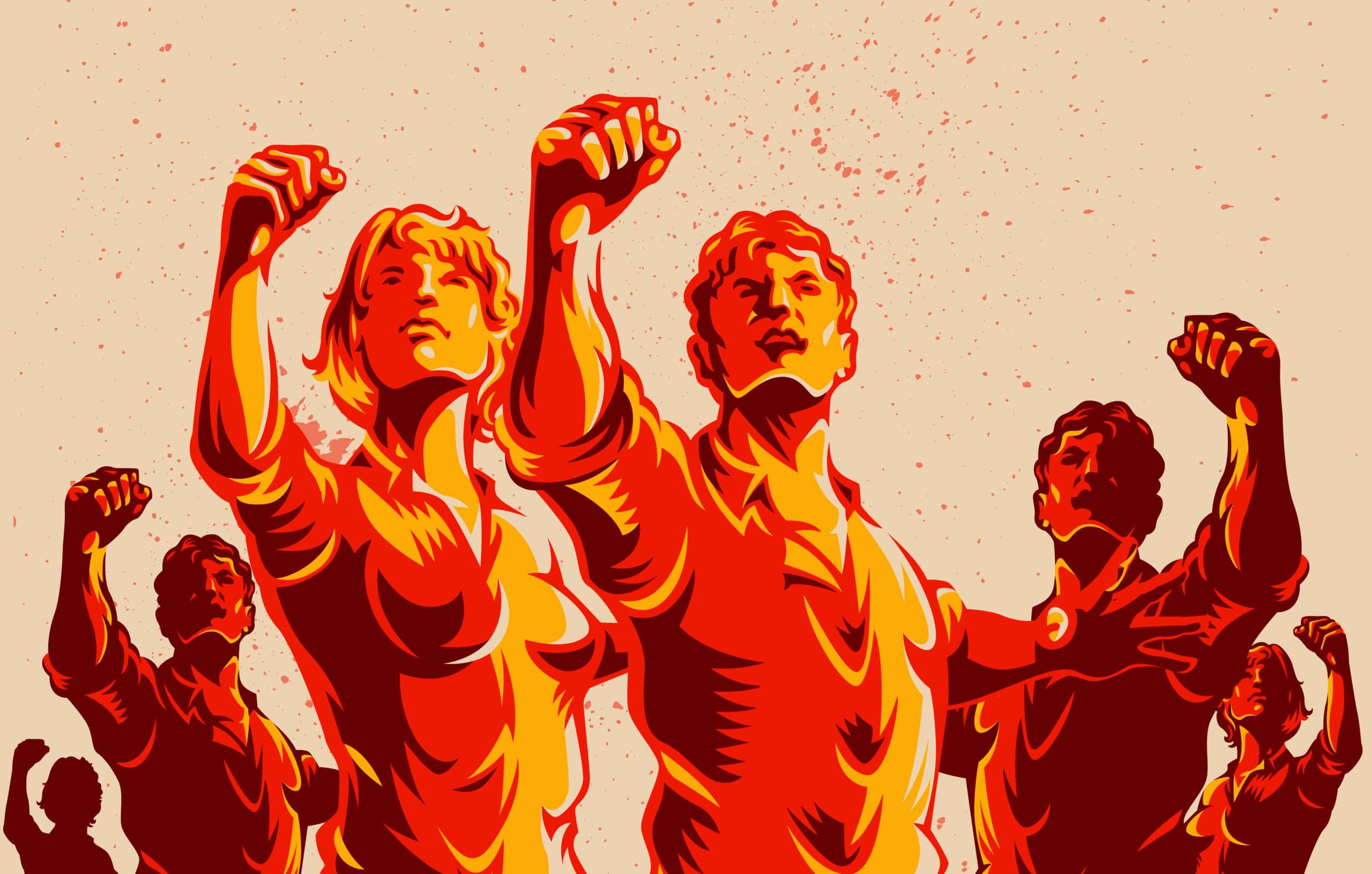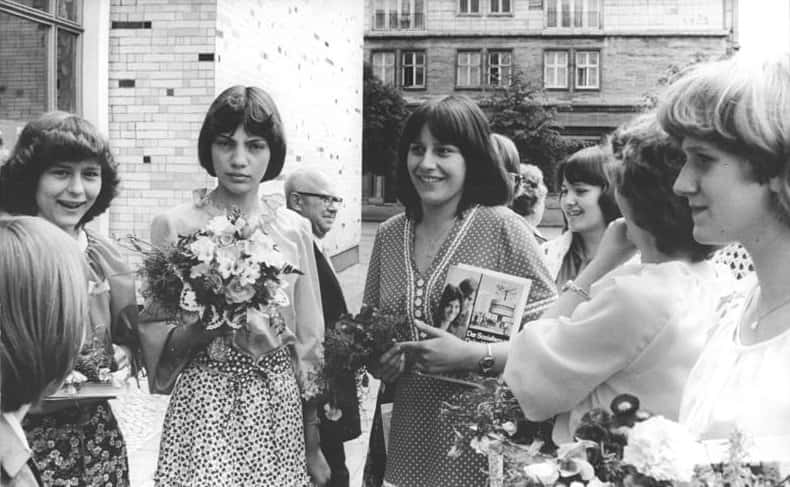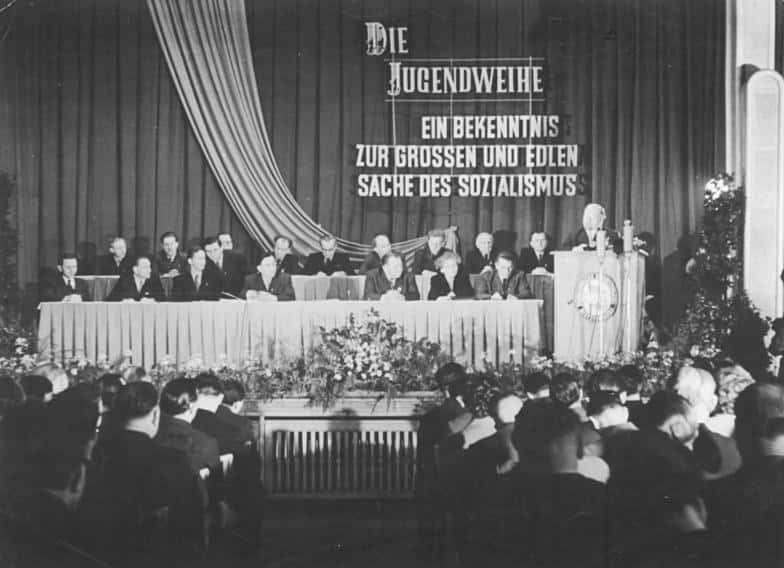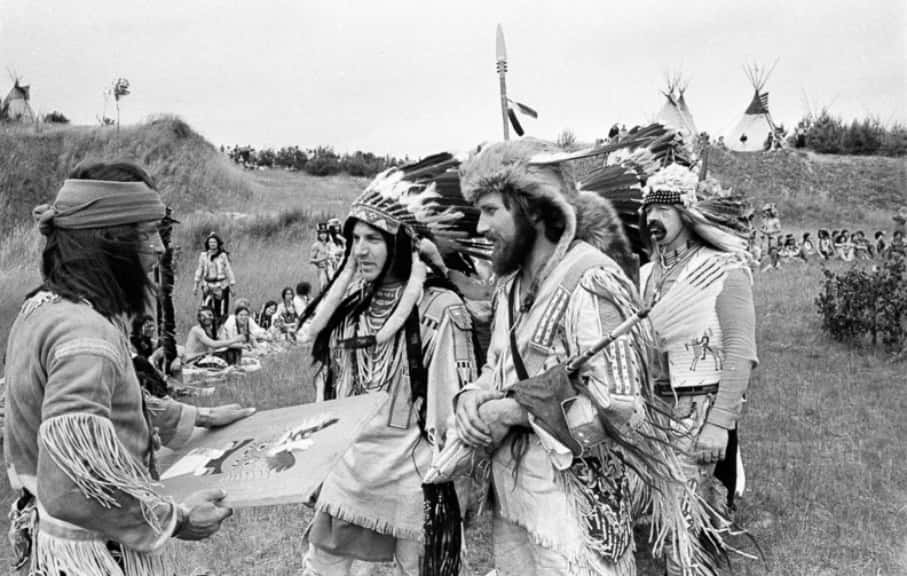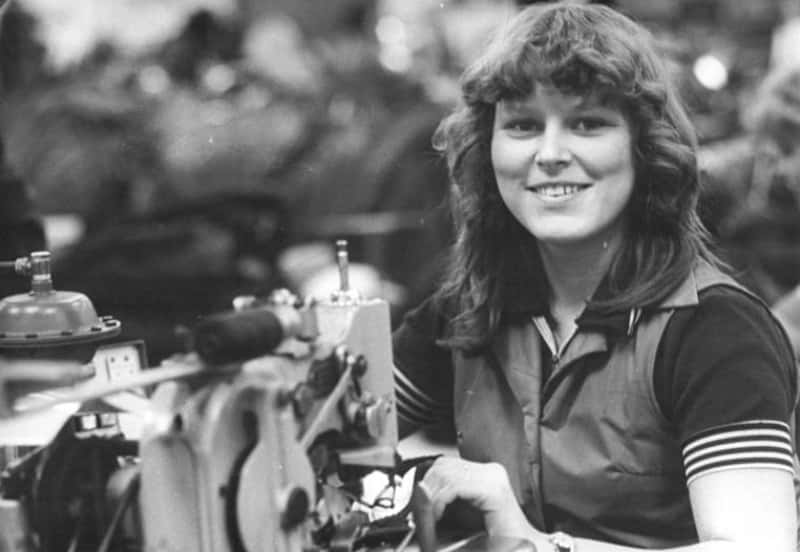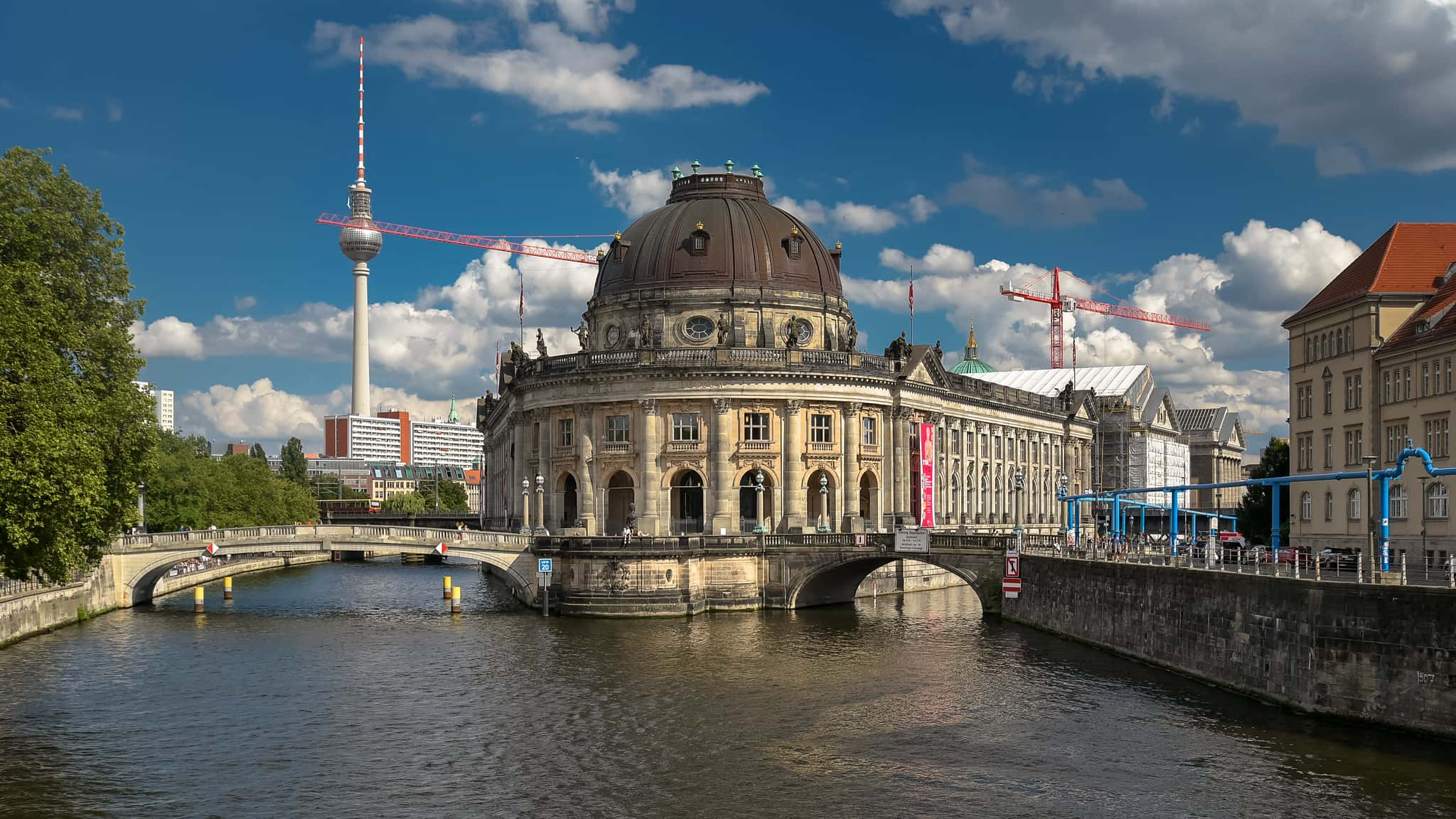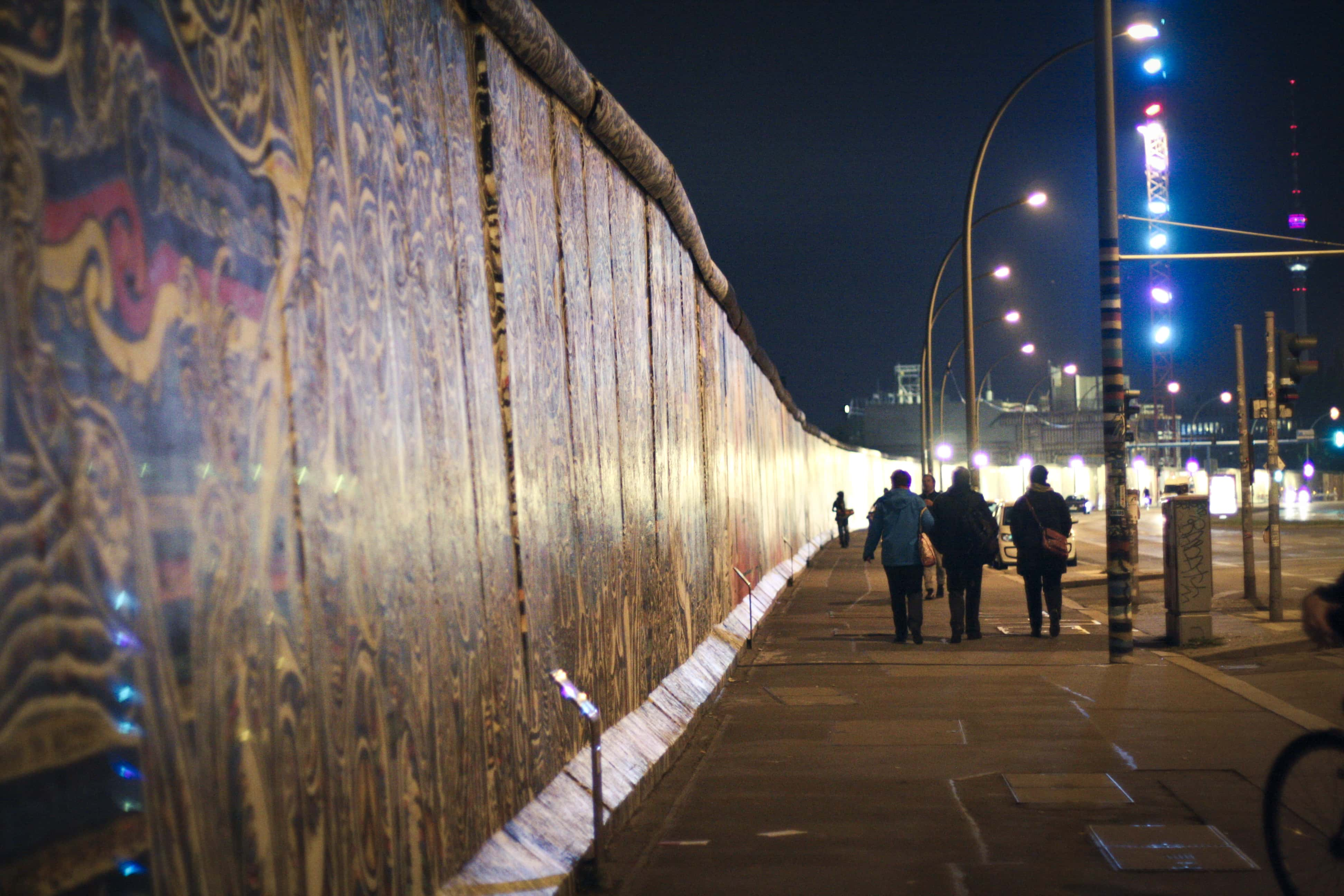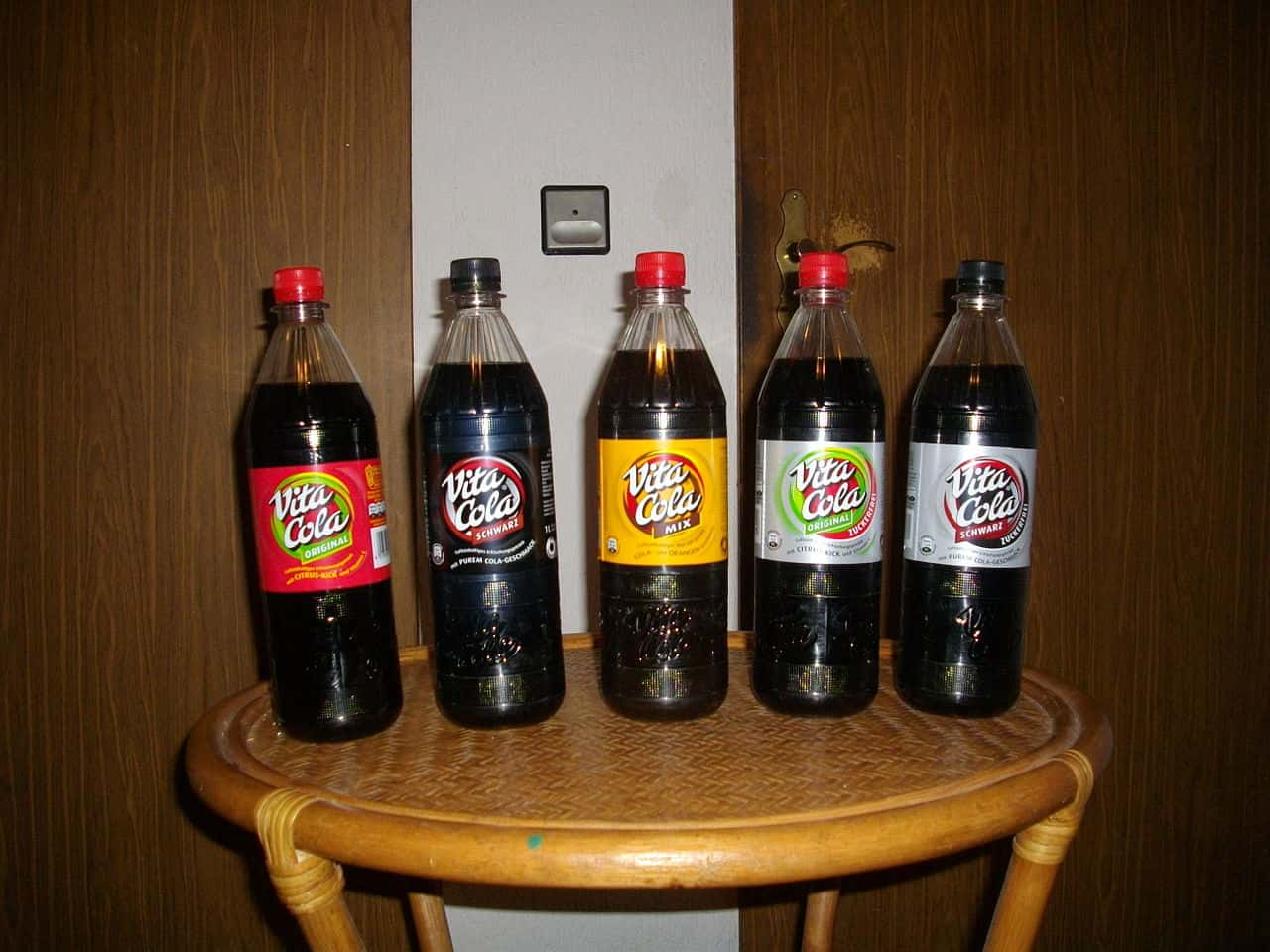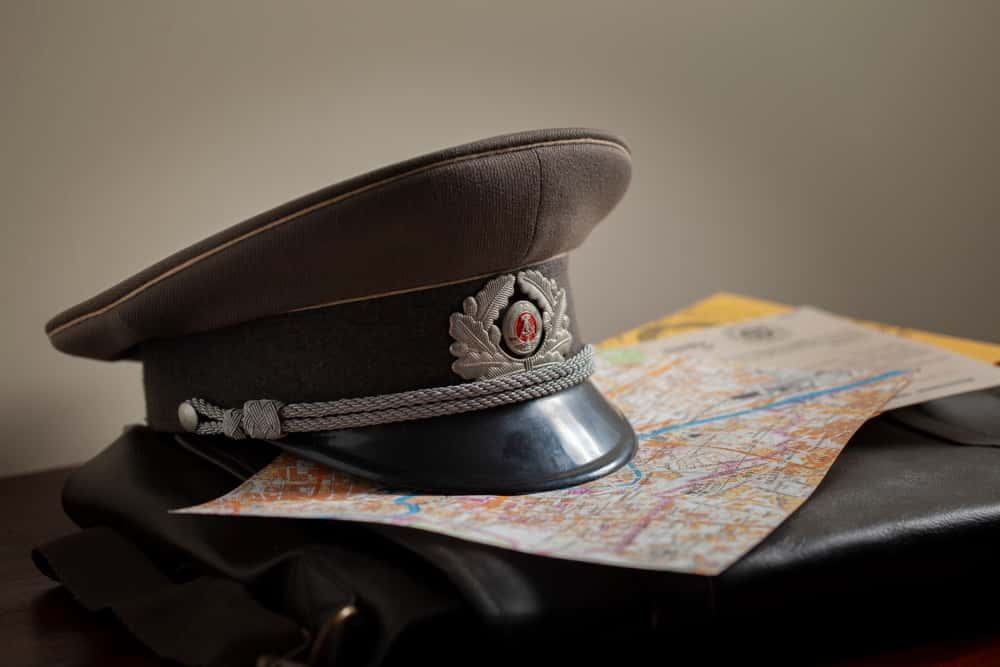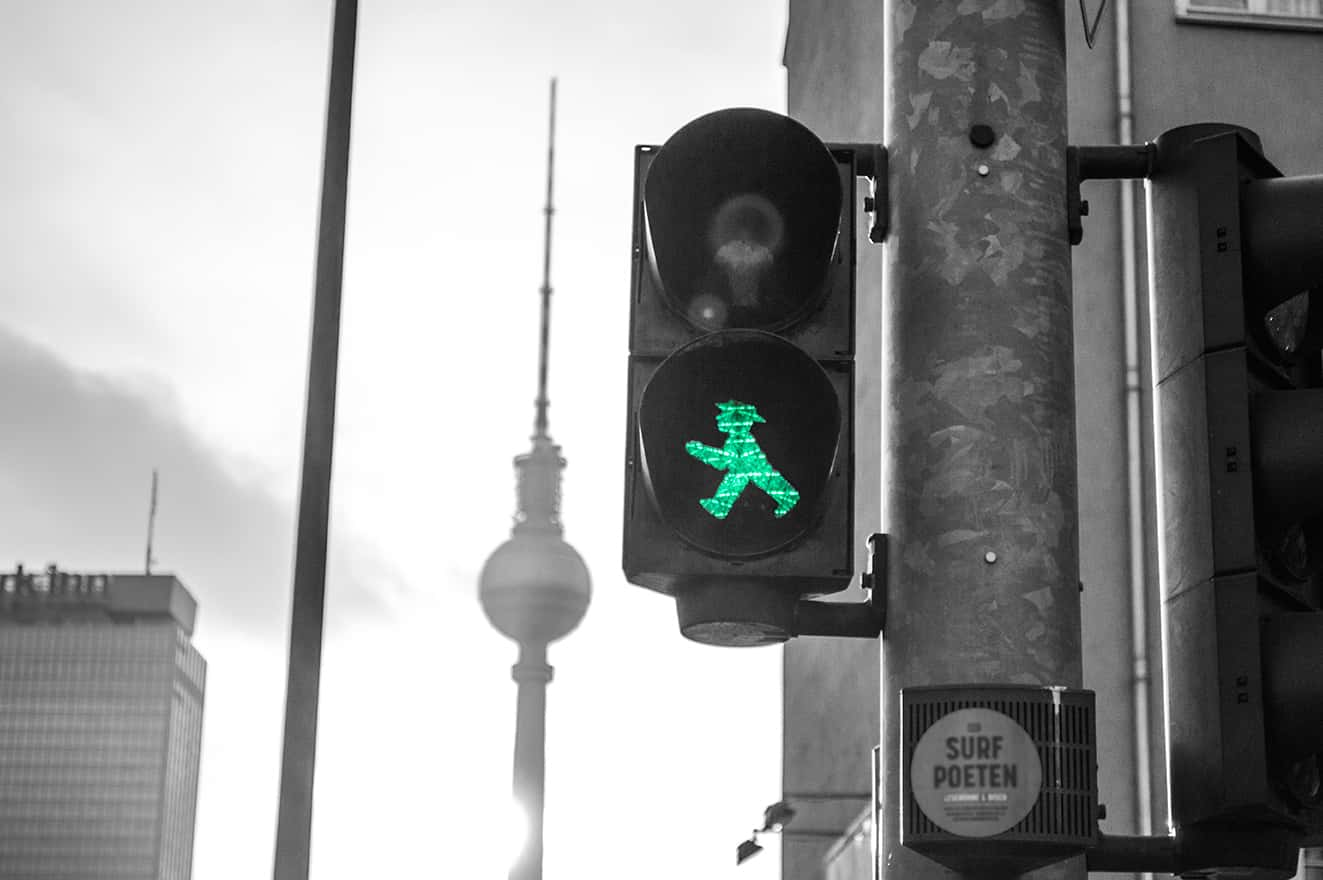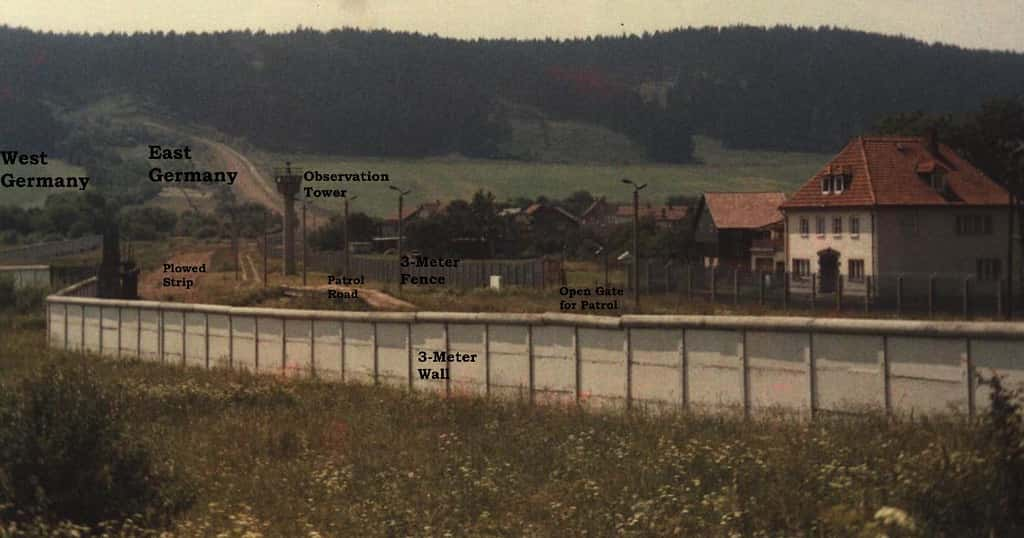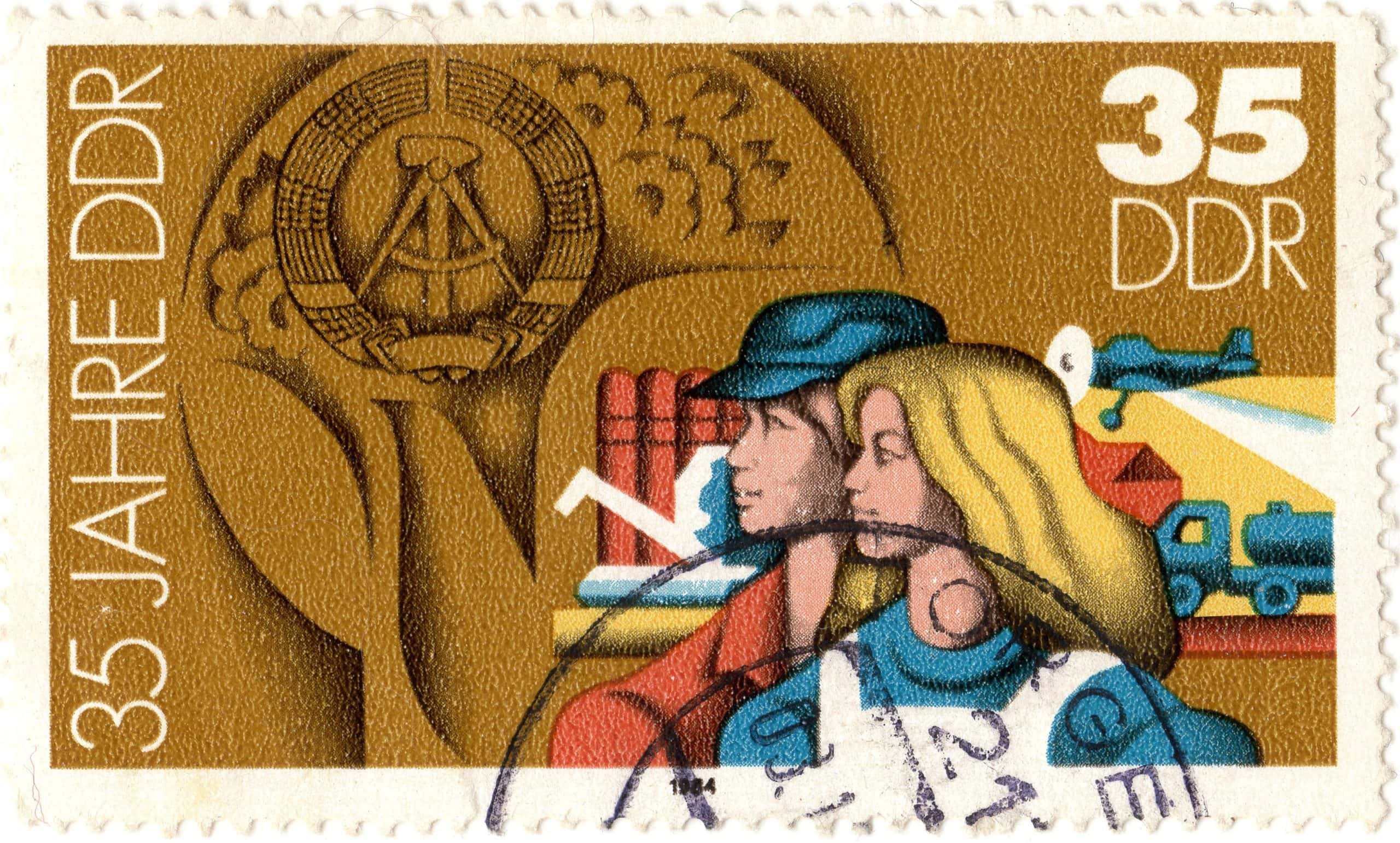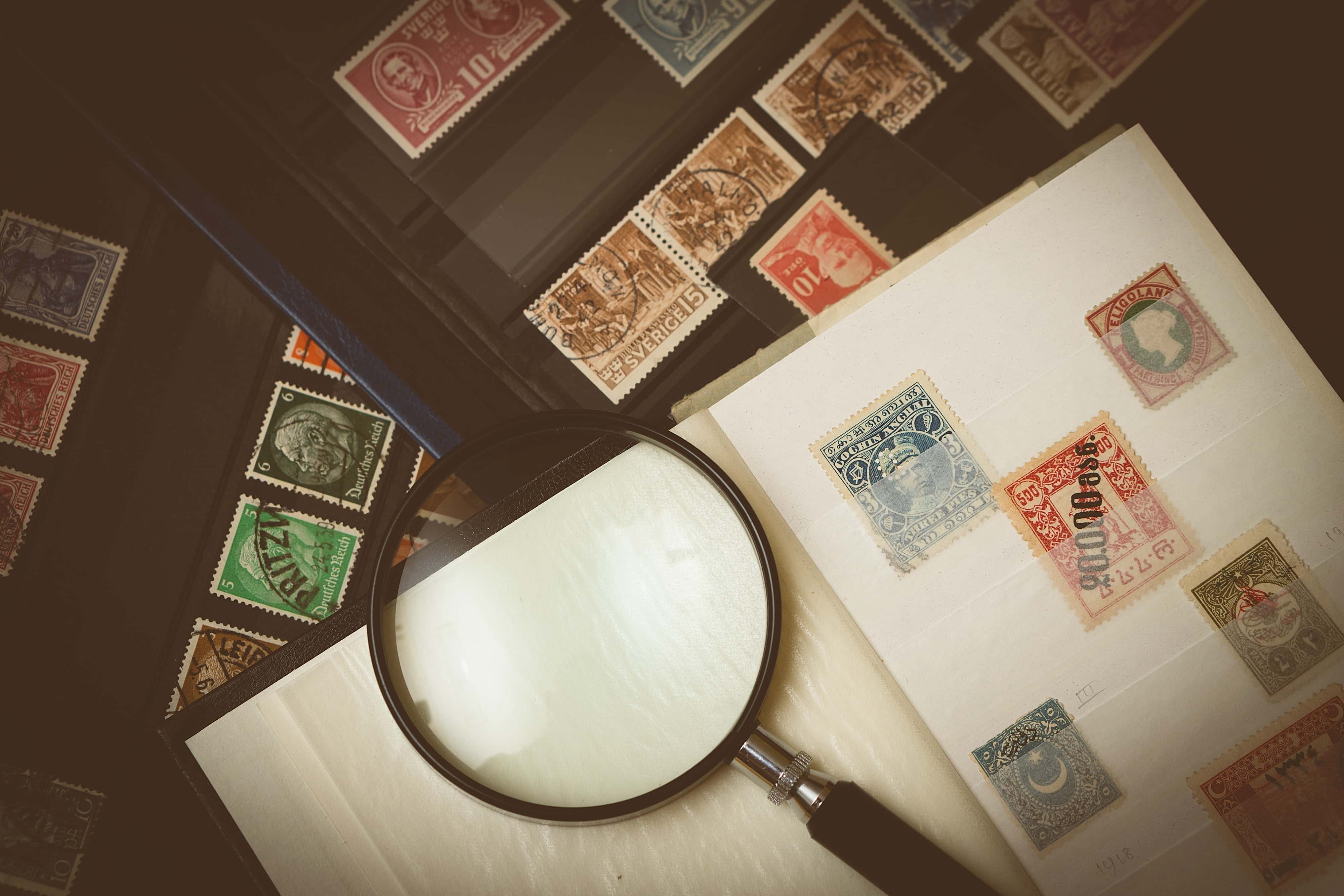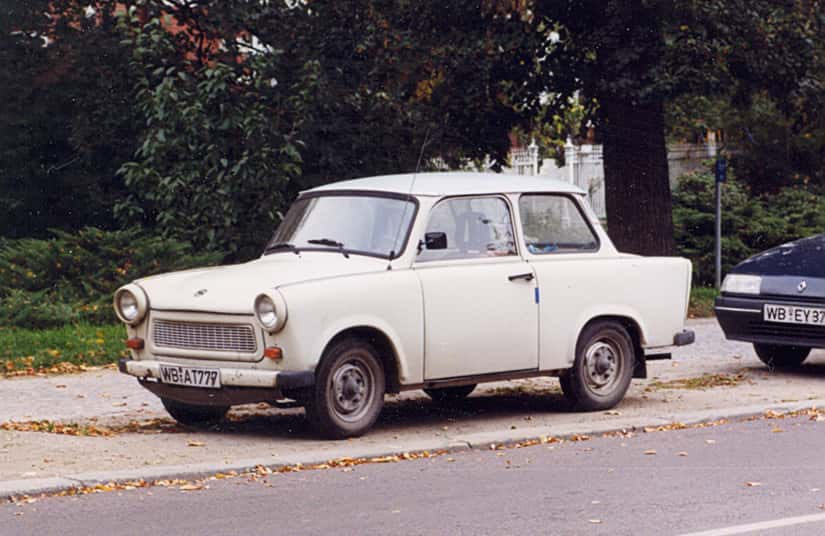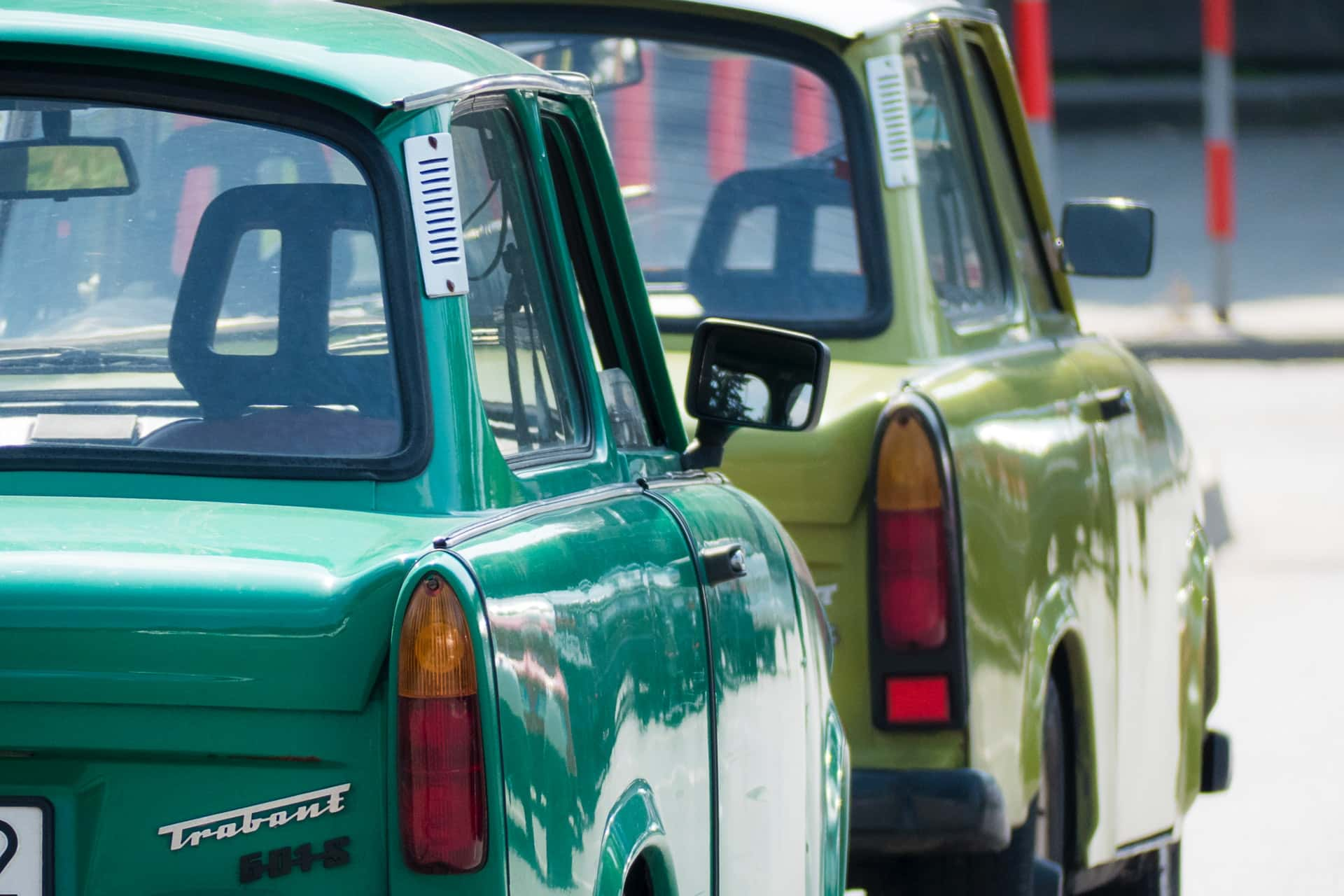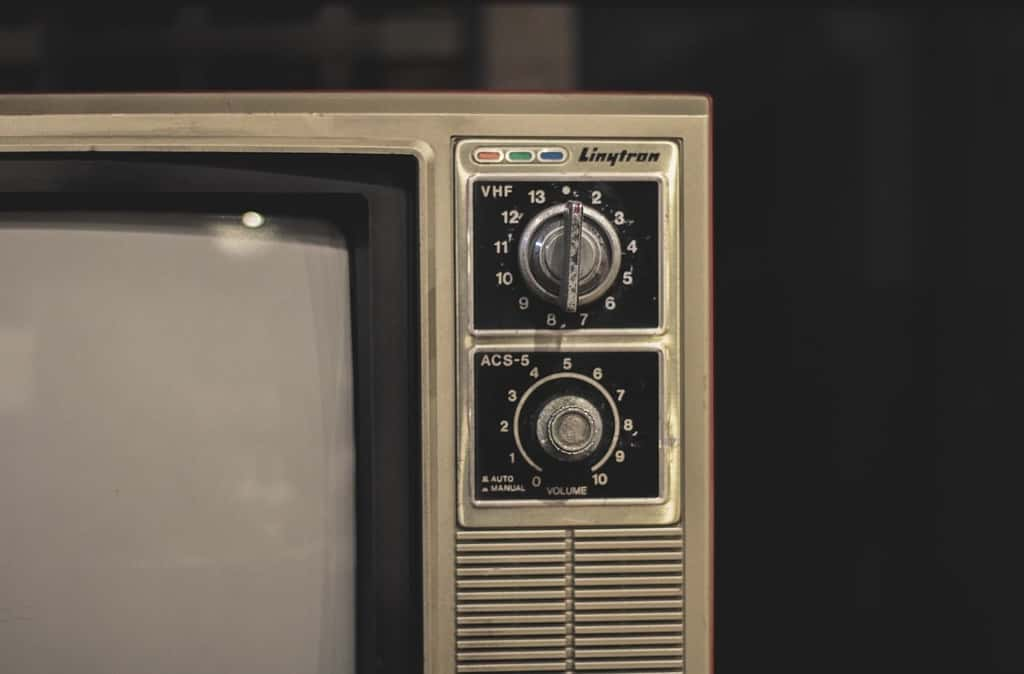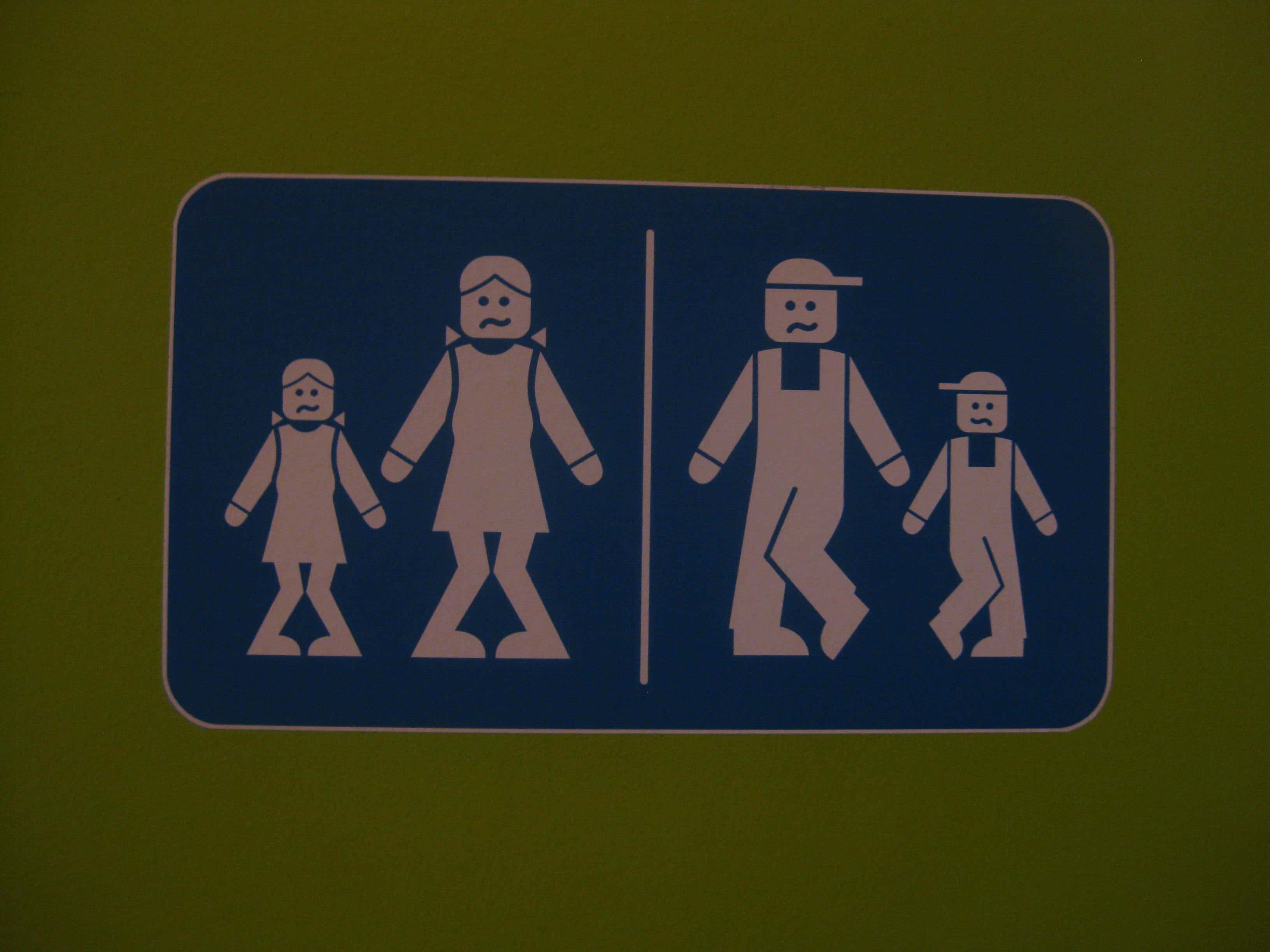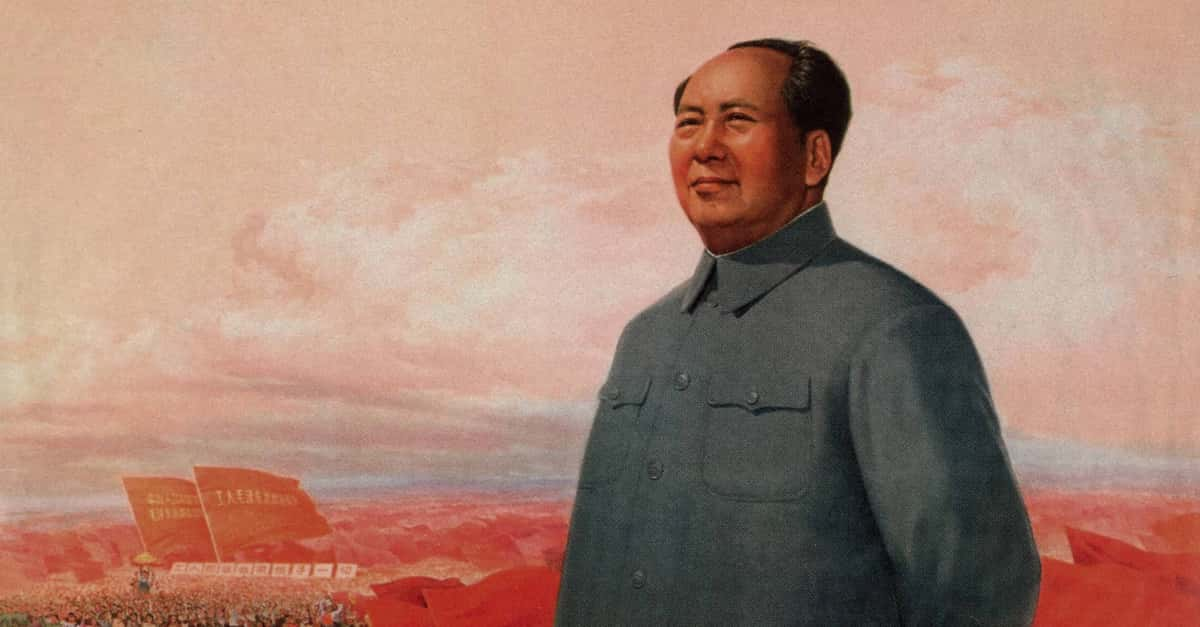“It’s not a very nice solution, but a wall is a hell of a lot better than a war. This is the end of the Berlin crisis. The other side panicked—not we. We’re going to do nothing now because there is no alternative except war.” –US President John F. Kennedy, upon hearing of the Berlin Wall’s creation
The Berlin Wall was the physical representation of the splitting between the western and eastern worlds, and Germany bore the brunt of the impact. During the decades of separation from the west, East Germany developed a distinct culture and had many peculiar developments that still fascinate us today. Here are some of the most interesting facts about their way of life and their legacy.
Life In East Germany Facts
43. Dividing a Divided Country
Along with the end of World War II came decisions to be made about Germany. The Allies came up with the Potsdam Agreement and decided to split the country into four zones. The French took the southwest, the British took the northwest, the United states took the south, and the Soviet Union took the east, but Berlin was also split into Soviet East and Allied West Berlin. East Germany was also called the German Democratic Republic (GDR).
42. Just How Big Was It?
Just to give you an idea of land size and location, East Germany was just a little smaller than Tennessee, and had Poland and Czechoslovakia on its eastern borders.
41. The Great Barrier
The Wall itself was almost 13 feet high and went on for 28 miles.
40. The Casualties
Over its 28-year tenure, some 100,000 people tried to climb over the Wall, with only about 5,000-10,000 actually succeeding. Surprisingly, though, only about 171 people died in their attempts, either by falling or getting shot by the guards. Even more surprising is the roughly 600 border guards who defected and escaped to West Germany.
39. The First and the Last
The first victim of the Wall was a woman, Ida Siekmann, who tried going over it on August 22, 1961 by jumping from her apartment unit on the fourth floor. The last, in March 1989, tried going over the wall in a hot air balloon. Unfortunately, the balloon got caught in power lines.
38. Getting Creative
Those who did manage to succeed had some interesting ways of doing so. The first successful attempt was just two days after the Wall went up, when a young East German patrol guard leapt over barbed wire fencing that was three feet high. Others dug tunnels underneath the Wall, went through sewers, or hid in secret compartments of cars owned by those from the West who had been visiting.
37. All in the Family
An incredible story about defecting to the West came courtesy of three brothers. Ingo Bethke travelled across the Elbe River in 1975 on an inflatable mattress. In 1983, Holger went to the skies, as he shot a bow and arrow across the Wall, hooked it into a rooftop and essentially slid across the steel wire and into the West. The two went higher still in 1989 when they went back for their other brother, Egbert. They flew a light plane over the wall to pick him up, as one does.
36. State Doping
East Germany did not take their sports lightly, and used the state-subsidized sporting clubs as a way to attract people to certain sports that could bring international fame to their country. Although the GDR was quite small, they became an international powerhouse in many sports. They had a little help from the scientists, however, as they were also the world leaders in doping.
35. Joke Life
Living through oppression usually means that subversive jokes take on the role of rebelling against repression, and the German Democratic Republic was famous for its political jokes. Jokes that were critical of the state of things were called "five-year-jokes," in a meta reference to “five-year-plans,” because of the danger associated with dissent—you could get three years for telling the joke, and anyone who laughed would get two.
34. Dirty Films
Naturally, movies that promoted capitalist ideologies were not permitted to be shown in the German Democratic Republic, but Hollywood wasn’t fully banned from East Germany. This led to movies like Grease being forbidden, but One Flew Over The Cuckoo’s Nest being shown widely. Because anyone who has ever watched Grease knows that it is nothing more than propaganda, of course.
 Grease (1978), Paramount Pictures
Grease (1978), Paramount Pictures
33. Launching Propaganda
Propaganda is perhaps the most powerful tool humans have created, and the German Democratic Republic wielded it with might. They had a vast system of propaganda set up, and they would promote a peaceful socialist way of life by sending out rockets—yes, rockets—known as “propaganda rockets” and “metal coconuts” filled with pamphlets all over their territory.
32. Coming of Age
Having been created by secular societies in the 19th century, Jugendweihe (or Jugendfeier)—a coming of age ceremony for 14-year-olds—was widespread in East Germany, as the state encouraged atheism and replaced Confirmation ceremonies with this one of their own.
31. State Over God
During the Jugendweihe ceremony, the children would pledge their allegiance not to a religion, but to the state, for which it stands, one nation without God.
30. Musical Censors
Music was heavily censored in East Germany, as authorities would carefully review lyrics for any hints of dissent, and ban a band if they found any. Bands were also only allowed to sing in German. Needless to say, the youth began clamoring for bands from abroad, and a black market developed of copies of western artists' music and bootlegs of it.
29. Native AmeriGermans
Germans have long had a fascination with Native Americans, and in the past they have romanticized them in connection to ideas of their own tribalism. Indianistikmeeting was an annual meeting where re-enactors dressed up as Native Americans.
28. Reverse Westerns
Due to their sympathy for the Native Americans, a trend of “Red Westerns” or "Osterns" (as in "Easterns") developed in East Germany. Red Westerns are often compared to Spaghetti Westerns, and use more local scenery such as the Mongolian Steppe to mimic the American west.
27. Respect
Some Native Americans appreciated the Red Westerns. Actor Gojko Mitic was a leading actor who often played the role of chiefs in these Red Westerns, and in the 1990s the Sioux nation declared him an honorary chief.
26. Go Back in Time
Nostalgia is big business. If you ever find yourself with the strong desire to go back in time and live like they did in the German Democratic Republic, then you’ll be in luck! In Berlin, there is a hotel that has styled itself as an authentic GDR hotel, entirely decorated with original GDR furniture (except for the mattress and bed sheets of course), by the name of Ostel.
25. Fashion Views
East Germany often had a different concept of what a fashion model should be, and their female models were usually everyday women who promoted a healthy body and healthy living. Their magazines were also quite different from what we’ve come to expect from women’s magazines, as they generally weren’t about sex, but about motherhood and party politics.
24. Yes, We Have No Bananas
There is a famous myth that the eastern Germans did not see a banana until after the fall of the Berlin Wall. What a ridiculous myth, as it is not true. Some people did indeed get to glimpse a banana, and the fruit was present in East Germany, but they were however considered a rare delicacy.
23. Home of Bridges
Venice, Italy is famous for its gondolas and water network, so naturally, it is the largest in Europe, right? Nope, that distinction goes to Berlin and the Brandenburg metropolitan state, which has the largest inland water network in the continent. Berlin also has considerably more bridges than Venice, with 960 over 180 kilometers of navigable waterways.
22. Surrounding the West
While it may sound like the Berlin Wall was a wall separating the two sides of the city, it’s not actually true. Instead, the Berlin Wall surrounded the entirety of West Berlin, while East Germany engulfed the West of the city for more than 100 miles in each direction. So, while East Berlin did suffer from the wall, it wasn’t limited to them, and the west had a tough time with the division as well.
21. You Go Vita Cola
There are only a couple of places in the world where Coca-Cola doesn’t dominate the cola market, and it is in the Free State of Thuringia in East Germany. Because of the difficulty to get western products in East Germany, an alternative to Coke was developed, called Vita Cola, and sold throughout the region. Once the wall fell, its market share plummeted, but in the state of Thuringia, where it was developed, it is still the people's favorite cola.
20. Lead Recycler
Even though it may seem like they were behind in many areas relative to the western world, the German Democratic Republic was able to create the world’s leading recycling infrastructure. Pretty much everything in the east was made from some recycled material, whether it was the production of Trabants or jeans. Children would often wander around collecting materials to recycle in exchange for small payments.
19. Stasi Everywhere
The Stasi of the German Democratic Republic was their secret police force, which created the largest network of secret police intelligence in history, one that makes the Gestapo look small. They were able to infiltrate every facet of society, and it is estimated that one out of every five adults in the country was directly connected to them.
18. Red Light Green Light
If you walk the streets of East Berlin, you will notice little men on their traffic lights, either in stride in green, or with their arms outstretched and red. This is because East Germany developed their own pedestrian traffic signs, and it still exists as one of the remaining vestiges of the country's past in Berlin. The people love these relics, named Ampelmännchen (meaning “little traffic light men,” of course). Because the street lights were different, East and West Germany still look different from an aerial view from space.
17. Green Initiative
Berlin may be the most urbanized city in all of Germany, but that doesn’t mean it isn't full of green. In fact, the city has the highest amount of allotment gardens per capita in the world, making green gardens a distinctive figure of the city. These gardens were put all over the city during the GDR as a way for people to escape the confines of their apartments and get a little slice of paradise in their daily lives.
16. In Those Jeans
Jeans were viewed as an expression of western capitalism by the GDR government, and therefore banned in East Germany until the 1970s. A black market then developed, so the state began producing their own jeans from synthetic cotton, but c’mon, they weren’t going to be able to match the quality of Levi’s. It didn’t take long for them to realize this, so they began importing Levi’s directly from the United States in order to gain the public satisfaction.
15. Little Berlin
Berlin wasn’t the only East German city with a wall. The small village Mödlareuth am Tannbach was known as “Little Berlin,” as it had a border wall separating it, and its 50 people, from Bavaria. This wall was important because it marked the border between the Americans occupying West Germany, and the Soviets over in the East.
14. Don’t Need Any Jobs
There was no unemployment in the GDR because, well, they didn't believe in the concept of unemployment. Thus, there were no unemployment benefits, and workers were afforded the safety of their jobs, as one could not be fired unless they committed serious misconduct. Well, that solves that whole problem of high unemployment rates. Someone get Angela Merkel on the pho...wait, bad idea.
13. Celebrity Chef
Long before the modern age of celebrity chefs, East Germany had their own national television star chef by the name of Kurt Drummer. Drummer spent 25 years on East German television, where he promoted a healthy lifestyle and inspired those at home to get creative. However, he would eventually cut his own show from the air due to the inability to source enough ingredients, because of that whole East/West thing going on.
12. Hold the Stamp
Stamp collecting is popular all over the world, but the East Germans took it very seriously. It was one of the most popular hobbies in the German Democratic Republic, as 70,000 people were members of the National Philatelist Association. This number may not seem crazy, but considering the German Philatelist Association currently only has 60,000, it puts that number in a new perspective. Seems like they needed something to pass the time.
11. Satellite Cars
The Trabant car was created in East Germany in order to fill the demand for automobiles, and they came to represent the Eastern Bloc. Trabant means "satellite" and was named after the Sputnik satellite sent into space. Made out of a hard plastic body placed on top of a steel unibody, the Trabants were referred to as “a spark plug with a roof.” Now these satellites are considered collector's items and can fetch a pretty penny from car collectors.
10. Long Wait
Just because it wasn’t the most attractive automobile doesn’t mean it wasn’t in high demand, even if it was one of the only cars consumers could get their hands on. However, upon ordering this essential commodity in a developing nation, people often had to wait an incredibly long time to receive their vehicle—sometimes even up to 15 years! Because of the long wait, used models (which were available immediately) often sold for higher prices than new Trabants.
9. Dialect Accepted
As the two sides of the country were separated, naturally they developed their own dialectical differences, but in the East slang words were much more common. Everyone from all the social classes shared the dialect, and the use of informal dialect was popular. Some of the best phrases that came out of there were Nuttenbrosche, “hooker’s brooch,” for the Alexanderplatz fountain, and Asphaltblase, asphalt bubble, for the Trabant.
8. No Hotline Bling
The disparity between East and West Germany can often be seen through household consumption. The east suffered economically, and as certain technologies became commonplace in the west, the east was unable to reach the same state of comfort. Only 9% of all households had a telephone, compared to 98% of households in the west. Somehow 94% of western households also had a color television set, compared to 52% of households in the east. Something about that disparity in phones to televisions seems alien.
7. Fringe Benefits
When East Germany banned Western porn from their borders, the Stasi (the East German secret police) came up with a disturbing solution to the shortage: they made their own sex films with topless female soldiers. To this day, East Germans make more personal sex tapes (and upload them to amateur porn sites) than their Western counterparts.
6. Milk Supply
After their split, the German Democratic Republic made it a law that every city in the country with over 50,000 people had to have a breast milk bank for babies who needed them. As time went on, demand only increased, even though advertising campaigns were being made throughout the world to scare people into using formula milk.
5. Enough Milk
It worked! By 1989, when the wall fell, over 200,000 liters of breast milk were being donated annually, allowing the country to surpass its demands without the use of formula.
4. Women at Work
East Germany implemented forms of "Marxist feminism" in order to help women into the workplace. A system was set in place that introduced work quotas for women, as the patriarchy was viewed as a symptom of capitalism, and a strong foundation of laws was set in place to protect mothers and distribute childcare services.
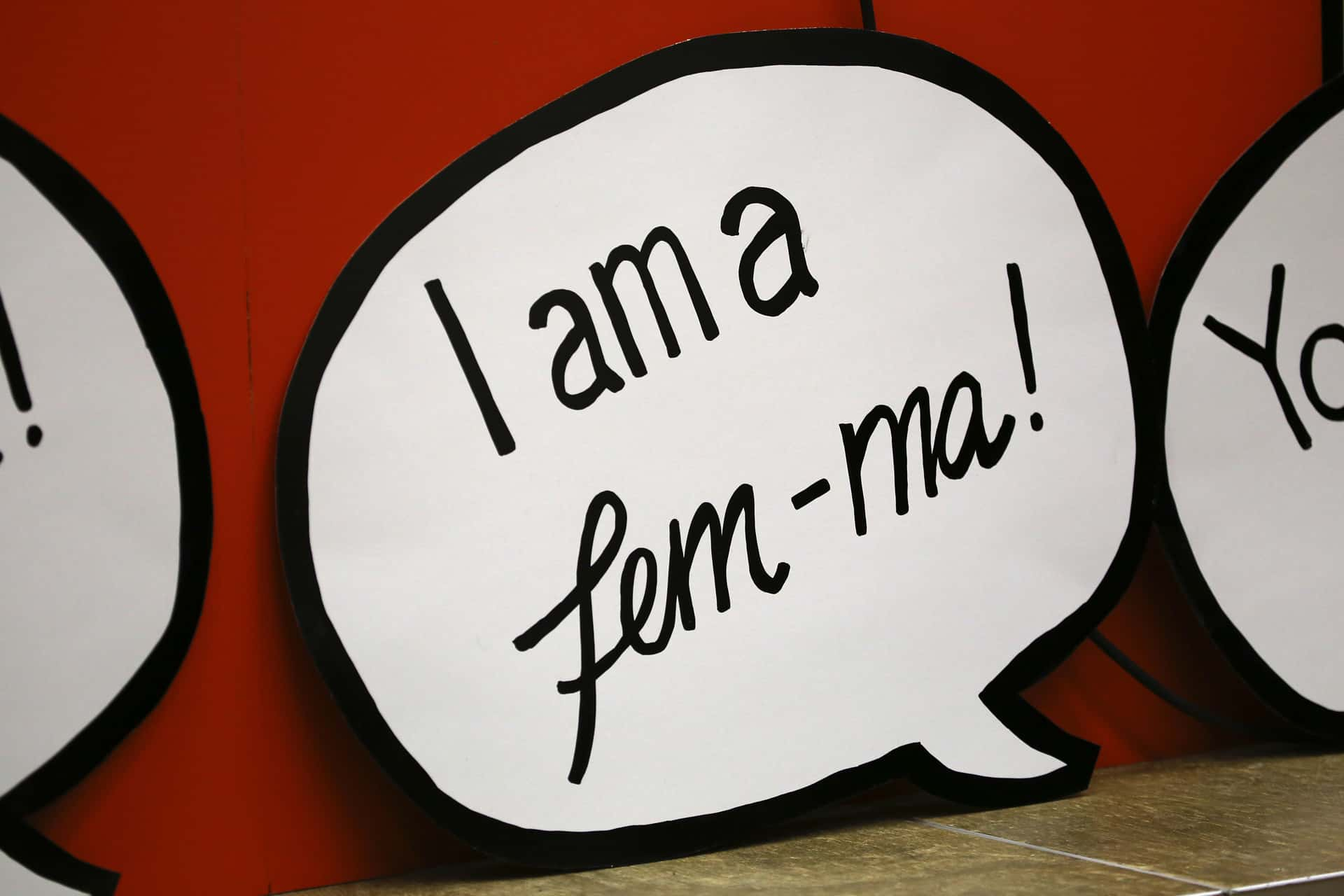 Flickr, Rosa Luxemburg-Stiftung
Flickr, Rosa Luxemburg-Stiftung
3. More Equality?
Some parts of East German culture still hold over from the past. Modern estimations of the treatment of women in the workplace in former East Germany show that today the east has gender pay gap disparity of only 8%, compared to 23% in the former western part of the country.
2. You Poop, I Poop
North Americans who visit Europe are usually shocked by the difference in bathrooms, and by that I mean the lack of barriers between toilets. This isn’t a new thing, however, but East German schools took it to a new level, as children’s bathrooms lacked walls or dividers, and nobody needed a book to learn that everybody poops!
1. Nude Check
While most places in the world have only begun opening up their bodies to the public, East Germany had a nudist culture based in its avant-garde past that accepted nudity in public, whether while strolling around the neighborhood or going for a dip in the Baltic. It was seen as a part of egalitarianism, as once people shed their clothes and get down to their bare skin, it is easier to see that we are all equal.
Sources: 1, 2, 3, 4, 5, 6, 7, 8, 9, 10, 11, 12, 13, 14, 15, 16, 17, 18, 19, 20, 21, 22

